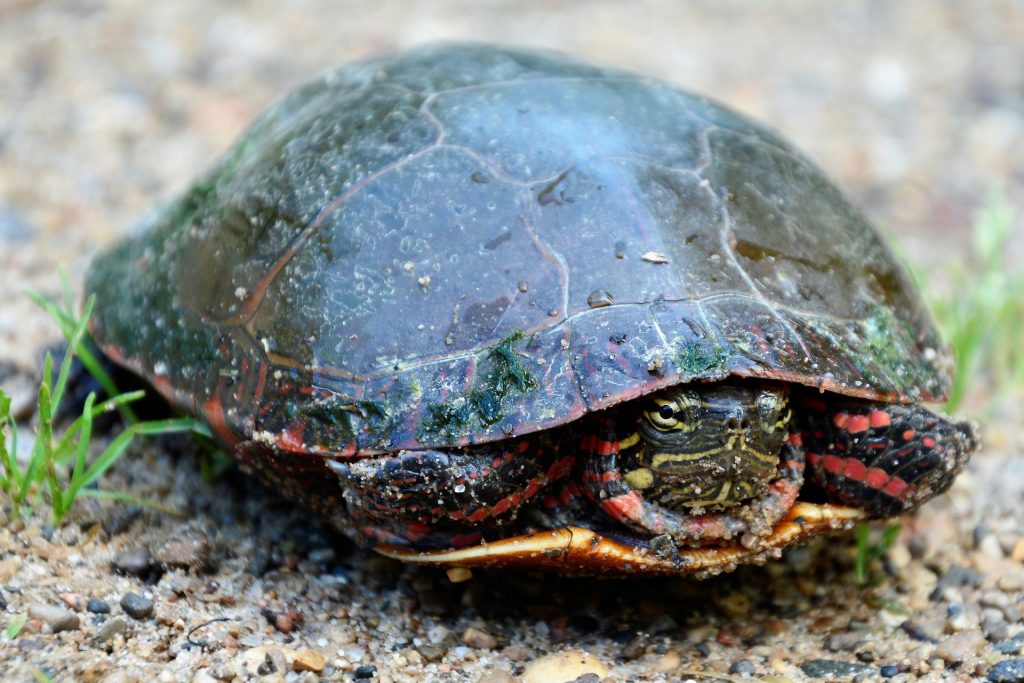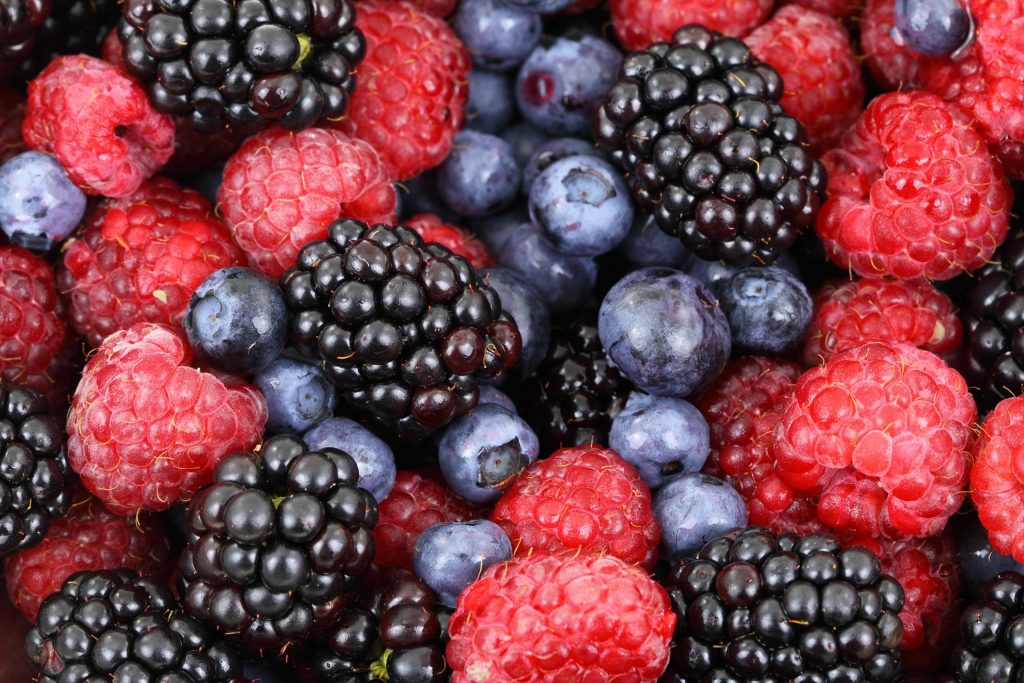Just about every animal on Earth can have a problem with obesity if given the right conditions to allow it. Turtles are no different.
Yes, turtles can and will get fat if the owner allows it. The most common way owners allow it is by feeding their turtle a poor diet. However, obesity in a turtle can also occur from a lack of exercise.
Anyway, this article will cover everything you need to know about obese turtles including how to prevent it, how to help your turtle lose weight, and how to ensure your turtle does not become overweight.
How To Spot an Overweight Turtle?

Most people erroneously believe it is difficult to spot an overweight turtle because most of the turtle’s body is hidden by the shell.
We admit that this is true to some extent. But you can still spot an overweight turtle with a careful look at the turtle.
To spot an overweight turtle, simply look at the back legs of the turtle. A slightly overweight turtle will have a few flaps of fat on its front and back leg.
An overweight turtle will have a fat rolls on its neck combined with fat front and back legs.
Finally, an obese turtle will struggle to even fit its head into its shell.
You may also notice the shell has a pyramid instead of having the normal flat appearance. A pyramiding shell is less common in turtles than tortoises, but it is a sign that your turtle is overweight and consuming too much protein.
Health Problems For Overweight Turtles
Overweight turtles, like most other animals, will have a lot of health problems compared to turtles that are healthy weight. Here are some of the biggest problems for overweight turtles:
- Struggles to move its head into its shell for protection.
- Difficulty walking (extremely obese turtles can support their weight).
- Organ failure.
- Shell begins to have a pyramid structure.
- Kidney failure.
How Pet Turtles Become Overweight
It is not nearly as difficult as you might think for a pet turtle to become overweight. Though it is extremely rare for a turtle that lives in nature to become overweight – there simply is not enough easy access to food for a turtle in nature to become obese. Plus, wild turtles have plenty of room to move around and burn calories.
Check Out Our Other Articles About Turtles:
Here are the most common reasons your pet turtle may become overweight:
- You feed it way too much – turtles love begging for food and do not get full.
- You feed it too much processed food. Turtles will gain weight very quickly from eating processed food.
- The turtle does not have enough room to exercise.
Of those three reasons, the most common reason turtles get fat is because they get fed far too much. This can either be fed too much turtle food OR the turtle can receive some combination of processed food and turtle food.
The point being that turtles will get fat if you feed them too much food. Why does this happen?
Turtles do not really feel full AND they do not need that much food. They will also constantly beg for food if they see someone offering them food.
The next section will cover how you can prevent turtle obesity.
How To Prevent Turtle Obesity
Here are the three best ways to prevent turtle obesity. Really, it mostly comes down to feeding the turtle less food or increasing the size of their environment to allow them more opportunity to burn calories.
Feed At The Same Time Everyday
Yes, you should feed your turtle at the same time every single day. You can feed a turtle once a day, twice a day, or throughout the day.
The key thing to do, however, is make sure that the turtle gets the proper portion of food each day. My personal recommendation is to portion out your turtle’s food for the week into one of those plastic pill containers.
This will ensure that you do not need your turtle more than necessary. Yes, turtles in captivity do not require that much food. They mostly just sit around all day doing nothing. And since they have a rather low metabolism because they are cold blooded.
The other option for properly feeding your turtle is to let your turtle eat all the food they can eat… for 15 minutes. You should then remove the uneaten food after 15 minutes.
Proper Diet

Another massively important factor in preventing turtle obesity is ensuring that your turtle has a proper diet. The perfect diet for your turtle really depends on the exact species of your turtle. But it will generally consist of the following food:
- Leafy green vegetables – arugula, kale, lettuce, etc.
- A small amount of fruit – bananas, apple slices, berries, and tomatoes are all good for turtles.
- Feeder goldfish, worms, slugs, snails, mealworms, crickets, and other random insects.
- Grass, dandelions, weeds, hay, and alfalfa.
The exact diet of your turtle obviously depends on what type of turtle. But you can’t go wrong with feeding a turtle leafy green vegetables, some fruit, and various insects you find in your yard. Some turtles will even eat the grass from your yard.
Increase The Size of Their Environment
Finally, you can increase the size of your turtle’s environment if you notice your turtle getting fat. We recommend keeping your turtle in the biggest environment possible – it will keep your turtle happy for one. And it will prevent it from becoming overweight.
This might mean putting your turtle into an artificial pond in your backyard. It also might be as simple as upgrading the size of your terrarium or aquarium.
The choice is really up to you.
Other options include putting food in different parts of the tank to force the turtle to move around to eat – this will lead to the turtle burning a few more calories. It will also give the turtle something to do.
Final Thoughts
To summarize, yes, turtles can and will get fat if you overfeed them, feed them the wrong food, or don’t get them enough room to exercise. In fact, it is actually quite common for turtles to become overweight because many turtle owners do not understand just how little food a turtle actually needs to survive.
Hint: Turtles do not need to eat much food.
Anyway, we hope this article helped you prevent your turtle from getting fat or helped you spot an already fat turtle.